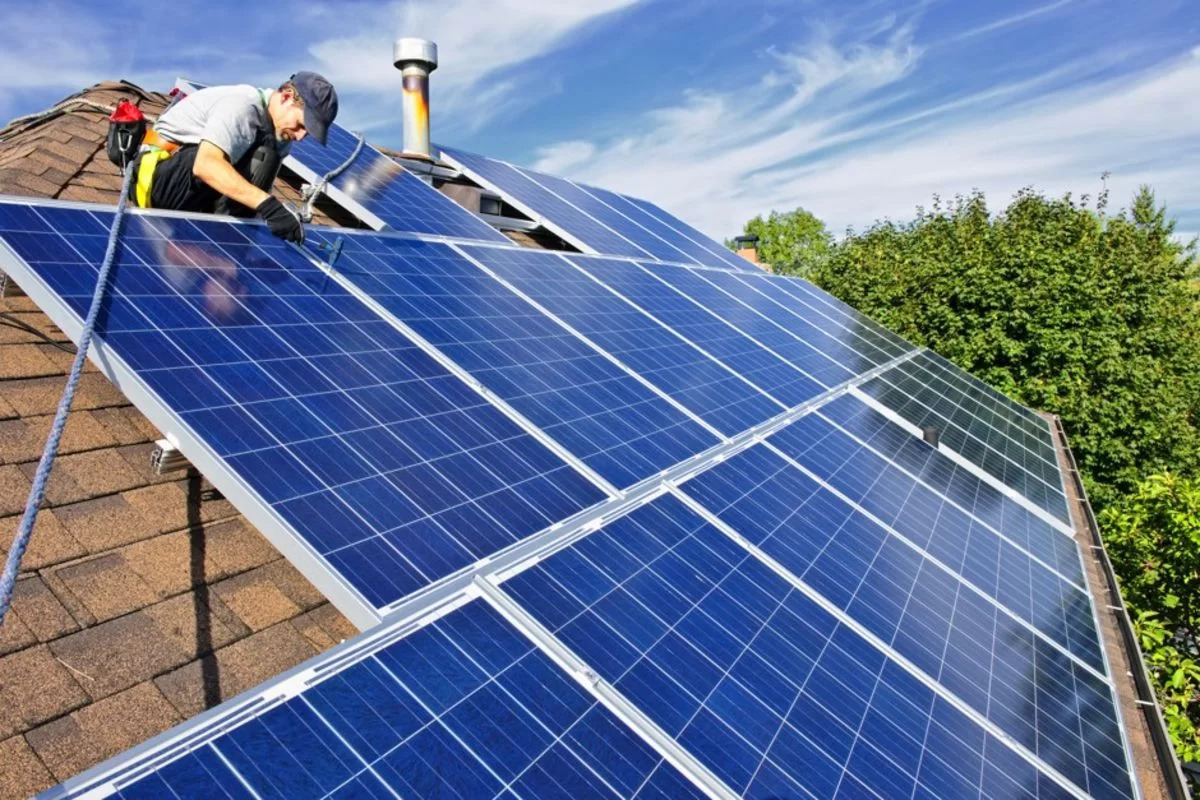
What are the benefits and limitations of polycrystalline solar panels?
Understanding Polycrystalline Solar Panels
Polycrystalline solar panels, also known as multi-crystalline or many-crystal silicon panels, are a type of photovoltaic (PV) panels. They are made by melting raw silicon, which is then poured into a square mold. As the silicon cools, it forms crystals. These panels are easily recognisable by their distinctive blue colour and square shape. The process of manufacturing polycrystalline solar panels is less energy-intensive and costly than that of their counterpart, monocrystalline panels. This makes them a popular choice among homeowners and businesses alike.
Benefits of Polycrystalline Solar Panels
Cost-Effectiveness
One of the main advantages of polycrystalline solar panels is their cost-effectiveness. They are generally cheaper to produce than monocrystalline panels, which translates into lower prices for the consumer. This makes them an attractive option for those looking to switch to solar power on a budget. Furthermore, the lower cost does not compromise their efficiency significantly. While they may not be as efficient as monocrystalline panels, they still offer a decent energy yield, making them a cost-effective solution for solar energy.
Environmental Impact
Polycrystalline solar panels have a lower carbon footprint than monocrystalline panels. This is because the process of manufacturing polycrystalline panels requires less energy, which results in lower CO2 emissions. Therefore, by choosing polycrystalline panels, you are making a more environmentally friendly choice. Moreover, as with all types of solar panels, polycrystalline panels contribute to reducing reliance on fossil fuels, thereby helping to mitigate the effects of climate change.
Limitations of Polycrystalline Solar Panels
Efficiency
While polycrystalline solar panels offer a decent energy yield, they are not as efficient as monocrystalline panels. This is because the crystals in polycrystalline panels are not perfectly aligned, which leads to a lower efficiency rate. Therefore, you may need more polycrystalline panels to generate the same amount of power as a smaller number of monocrystalline panels. However, it’s worth noting that advancements in technology are gradually improving the efficiency of polycrystalline panels. Therefore, this gap in efficiency is likely to narrow in the future.
Space
Due to their lower efficiency, polycrystalline solar panels require more space to generate the same amount of power as monocrystalline panels. This can be a limitation if you have a small roof or limited space for installation. However, if space is not an issue, this limitation may not be a significant concern. It’s always important to consider your specific needs and circumstances when choosing solar panels.
Conclusion
Polycrystalline solar panels offer a cost-effective and environmentally friendly solution for harnessing solar energy. While they may not be as efficient as monocrystalline panels and require more space, they still offer a decent energy yield and are continually improving thanks to technological advancements. Ultimately, the choice between polycrystalline and other types of solar panels will depend on your specific needs, budget, and available space. It’s always advisable to consult with a solar energy expert to make an informed decision.

Comments 0